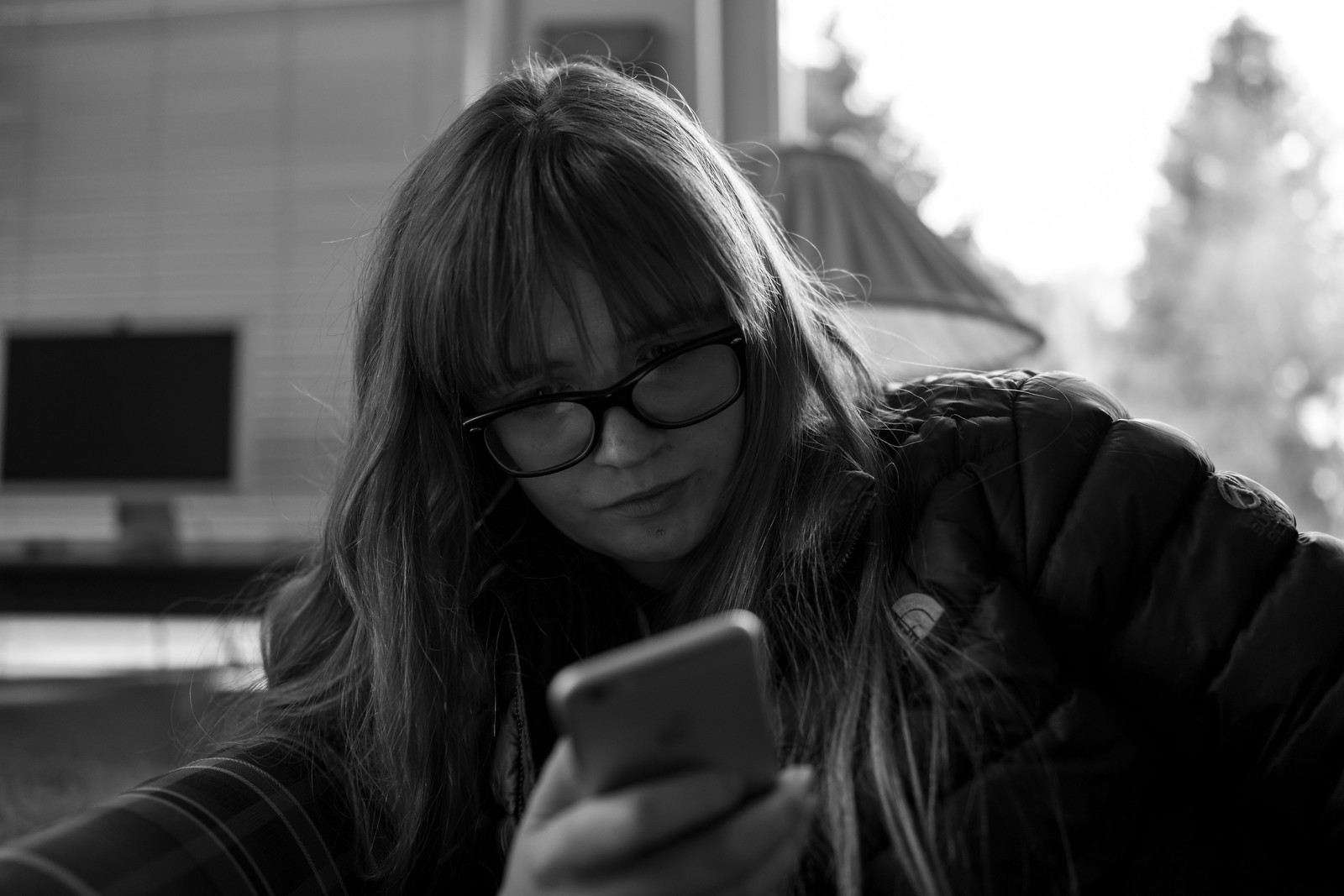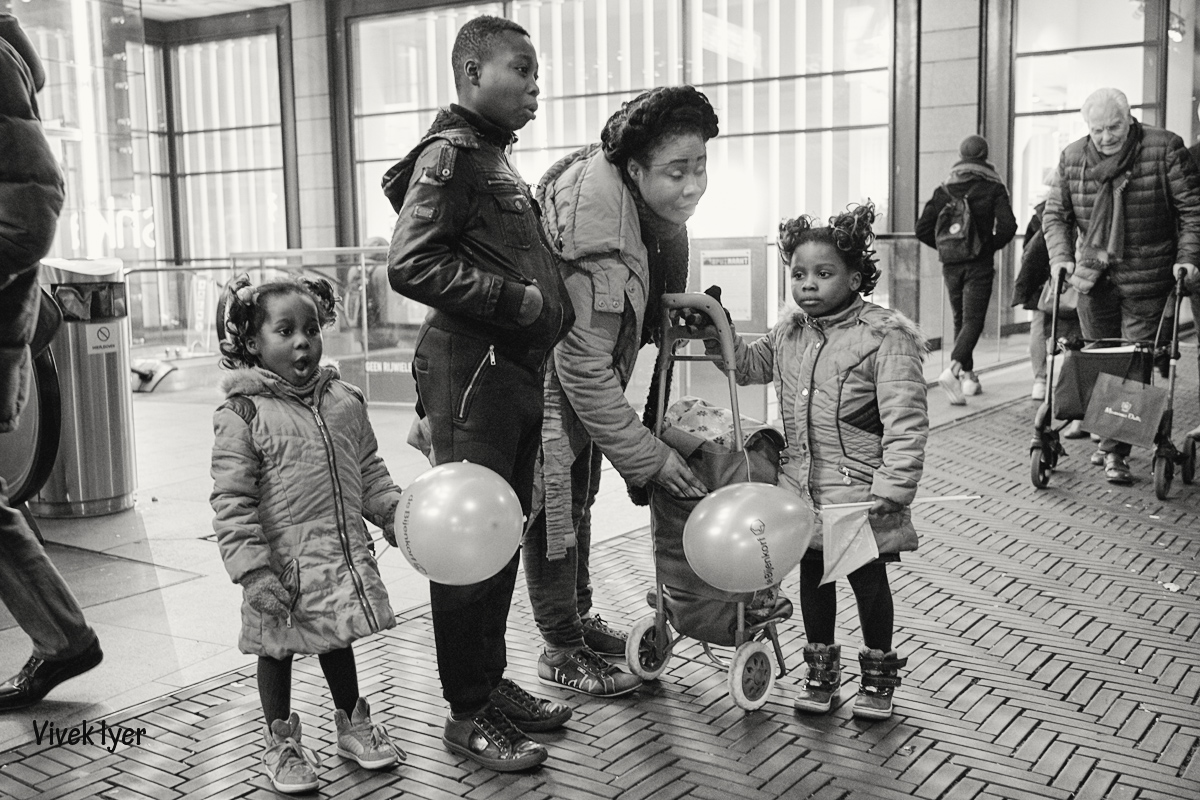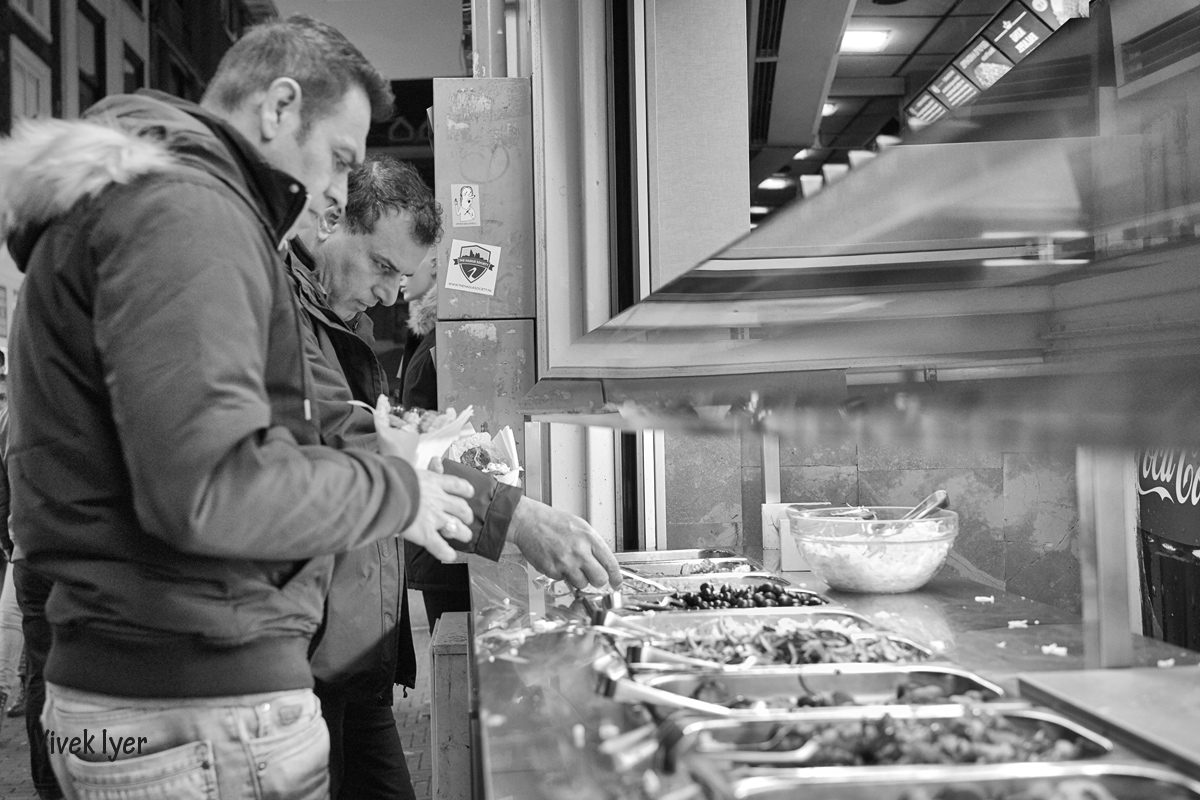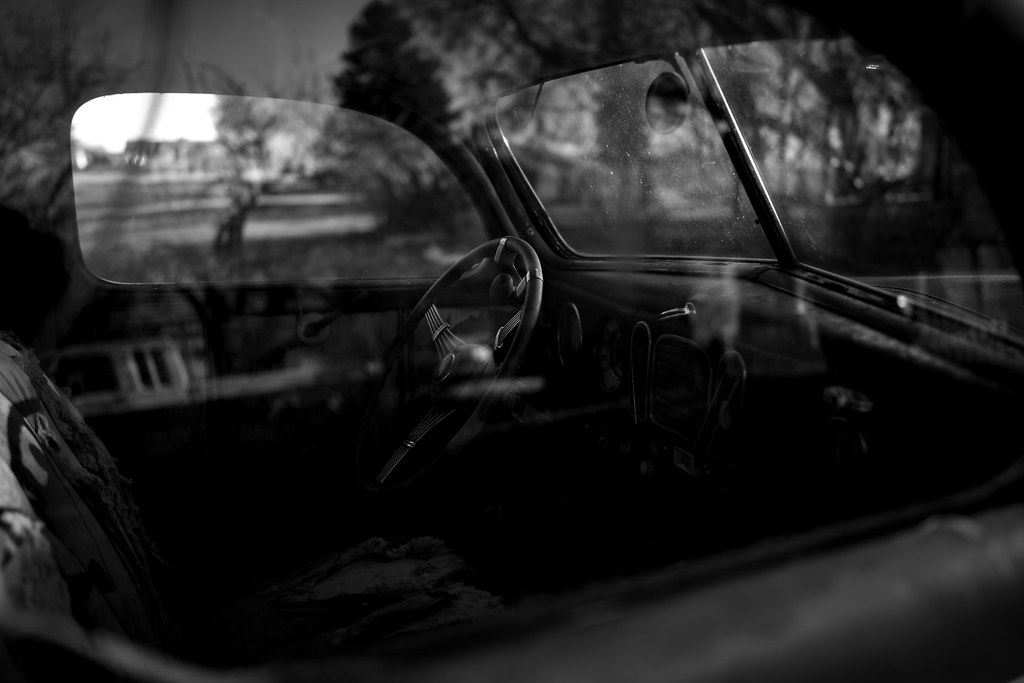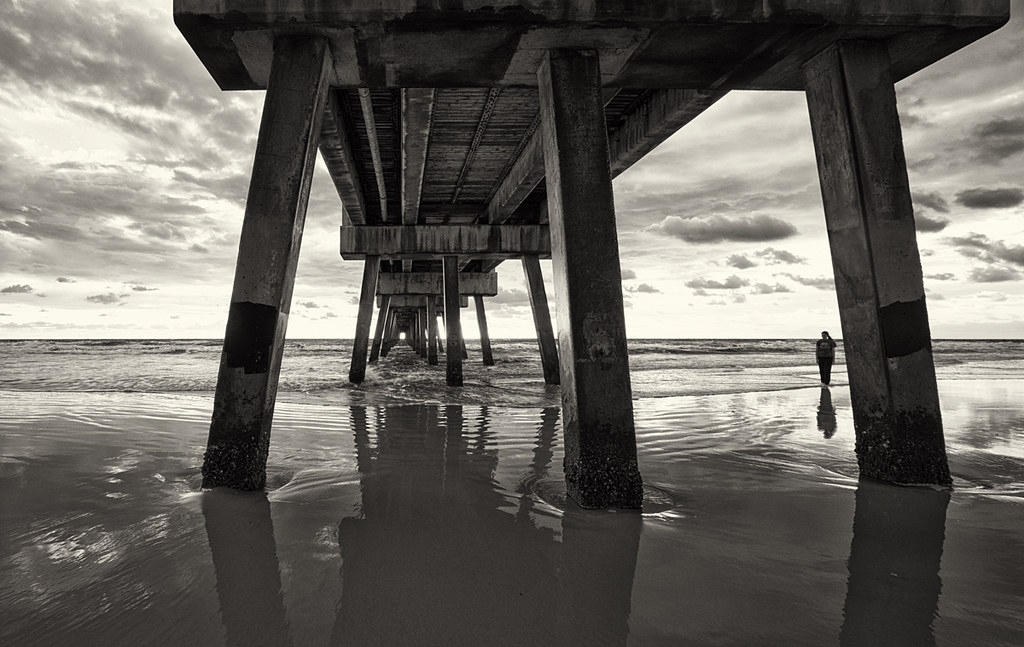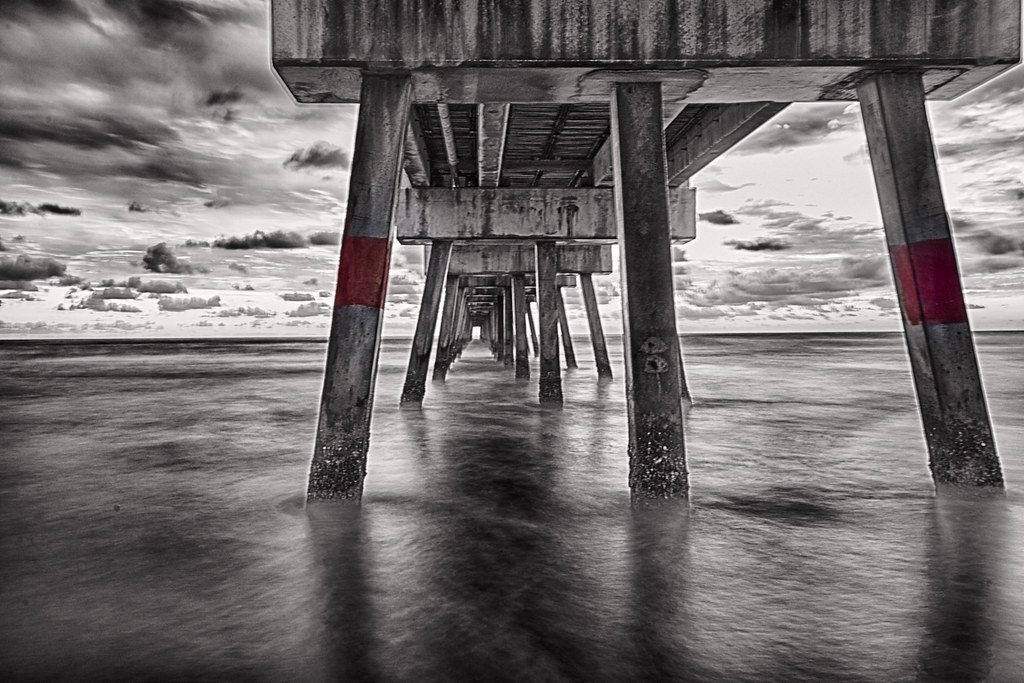I like this kind of photograph very much (my faves are #3 and #4), and have done something similar from time to time, but never on a tripod. I will be lugging my tiny Gitzo out with me soon!
BUT.
The conspicuous posterisation in most of the skies disturbs me. Is it a consequence of the layering?
No, it's not.
All of these files look fine and print fine in 16-bit .tif form, with no evidence of banding or posterization in the skies or shadow areas.
As best I have been able to determine, the posterization manifests itself as the result of converting the file to an 8-bit .jpg
and being resized in Photoshop CS 5.5 or CS6 (using any of the available processing algorithms), and/or the file-size compression process applied by the image host I use.
For comparison, here's a 100% crop from photo No. 4, converted to an 8-bit .jpg with
no resizing done in Photoshop and subject to the same image host's file compression process:
On my calibrated and profiled monitor (NEC PA271W), I can see just a hint of some issues with this file, which I attribute to the image host's compression scheme. When the 16-bit .tifs are printed on paper via my Epson 3880, however, they are non-existent.
If there's a way to eliminate this effect
and keep the file sizes reasonable for posting online, then I'm not aware of it. My gut feeling is that, in 8-bit form, there simply aren't enough shades of gray to accurately reproduce a gradient that is this close to absolute black, so I'm stuck with it regardless.
But this also raises another interesting, related point, which is that it's been my experience that the most recent generation of Sony sensors and image processing pipelines do
not work as well for this type of low-light, long-exposure-at-base-ISO photography as the previous generation of them does.
I borrowed a friend's A7RII for two weeks this past summer and my conclusion is that while the 42MP files were generally a welcome improvement over the 36MP files of my A7R and 24MP files of my RX1 and they were also noticeably less noisy across the board, when it came to capturing details in the deepest shadow areas with these kinds of low-light, long-exposure photos, the A7RII clearly wasn't anywhere near as good as either my A7R or RX1. It was also absolutely essential to keep the A7RII in 13-bit mode (i.e., only use exposures under 30 seconds, no matter what) whereas with my previous generation cameras, I have a small amount of flexibility in this respect.
That said, when using this image stacking / median-blending technique with my RX1, I likewise have to keep the camera in its 13-bit mode, as the image quality in the shadow areas noticeably suffers when I don't. (Alas, both of my A7Rs are broken, so I haven't been able to check how this processing technique affects the results from them, but I suspect they will be similar to my experience with my RX1s.)
This diminution of image quality was enough to keep me from buying my friend's used A7RII, despite the very generous price he offered me, because overall, the files it produced
vis-à-vis the type of photography I would be doing with it, were a small, but noticeable step
backward from those I was capturing with my humble A7R and even more humble RX1. I don't know whether this will also prove to be the same with the RX1RII -- after all, I understand that it uses the same sensor as the A7RII -- but it has made me cautious enough that I'm not going to buy one before I can confirm or deny this for myself. (I've read in various online fora that many astrophotographers aren't finding the A7RII to be an improvement over the A7R, which seems to confirm my observations, although they typically approach their low-light photography very differently than I approach mine.)
Unfortunately, for the type of photography I do most of the time, there's no substitute for personal experience, as no reviewers use test cameras quite the same way that I do and a camera's low-light, high-ISO performance -- the reviewers' and most photographers' primary focus -- is absolutely and utterly meaningless for my purposes. Some cameras you would expect to fare poorly (various m4/3 bodies) actually do surprisingly well (the Panasonic GX1, in particular) and some you would expect to fare well -- such as the A7RII -- don't. <shrugs>




